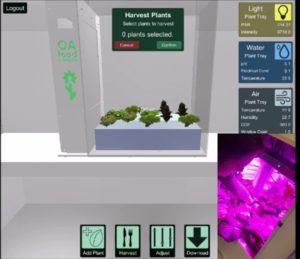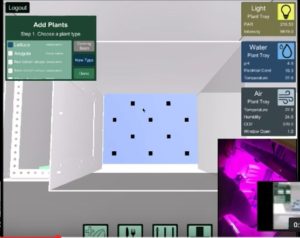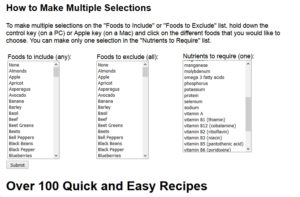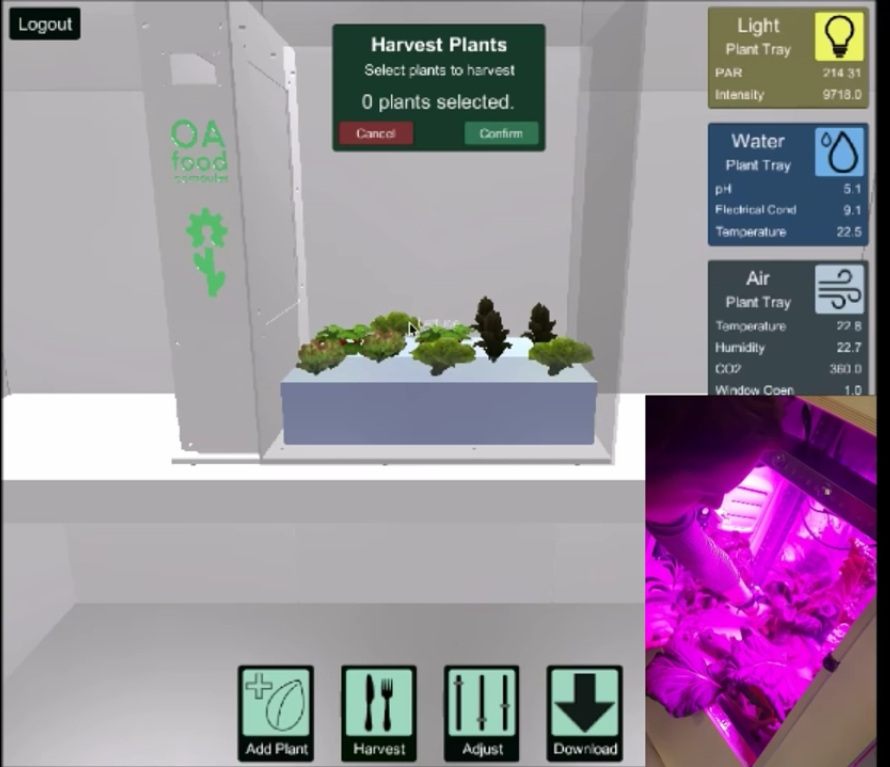scalability & infrastructure

“Inside of a Food Computer, climate variables such as
- carbon dioxide,
- air temperature,
- humidity,
- dissolved oxygen,
- potential hydrogen,
- electrical conductivity,
- root-zone temperature, and more can be controlled and monitored.
Usage specifications such as
- operational energy,
- water use,
- and mineral consumption can also be monitored and adjusted through, electrical meters, flow sensors, and controllable chemical dosers throughout the growth period.
The complete set of conditions throughout a growth cycle can be thought of as a climate recipe, and each recipe produces unique phenotypic expressions, or physical qualities in different plants.”

“Plants grown under different conditions may vary in color, size, texture growth rate, yield, flavor, and nutrient density.
Food computers could be used program biotic and abiotic stresses, such as an induced drought, to create desired plant-based expressions.
It would even be possible to monitor existing natural climates and program them into downloadable recipes that could be shared around the globe.
With the creation of climate recipes, food computer users can import successful climates that have been created, tested, and perfected by other users.
The recipes can be customized and optimized for different taste or yield preferences and for various food production needs.” – Open Ag Climate Recipes – Massachusetts Institute of Technology
________________________________________________________________________

“Beyond food, we are now applying this research in other industries. A system that can model human preferences and generate new ideas has many applications outside of food and the opportunity to transform customer experience.
Truly superior customer experiences are based on perception—appealing taste,
appearance and design, to name a few—and represent a major differentiator in a variety of industries, including retail, consumer goods, hospitality and travel.
As companies race to bring new products to mark computational creativity can accelerate how quickly they can bring products to market, reduce the cost of R&D, while helping them design what differentiating features should be prioritized for competitive edge.” – Cognitive Cooking Fact Sheet – IBM
